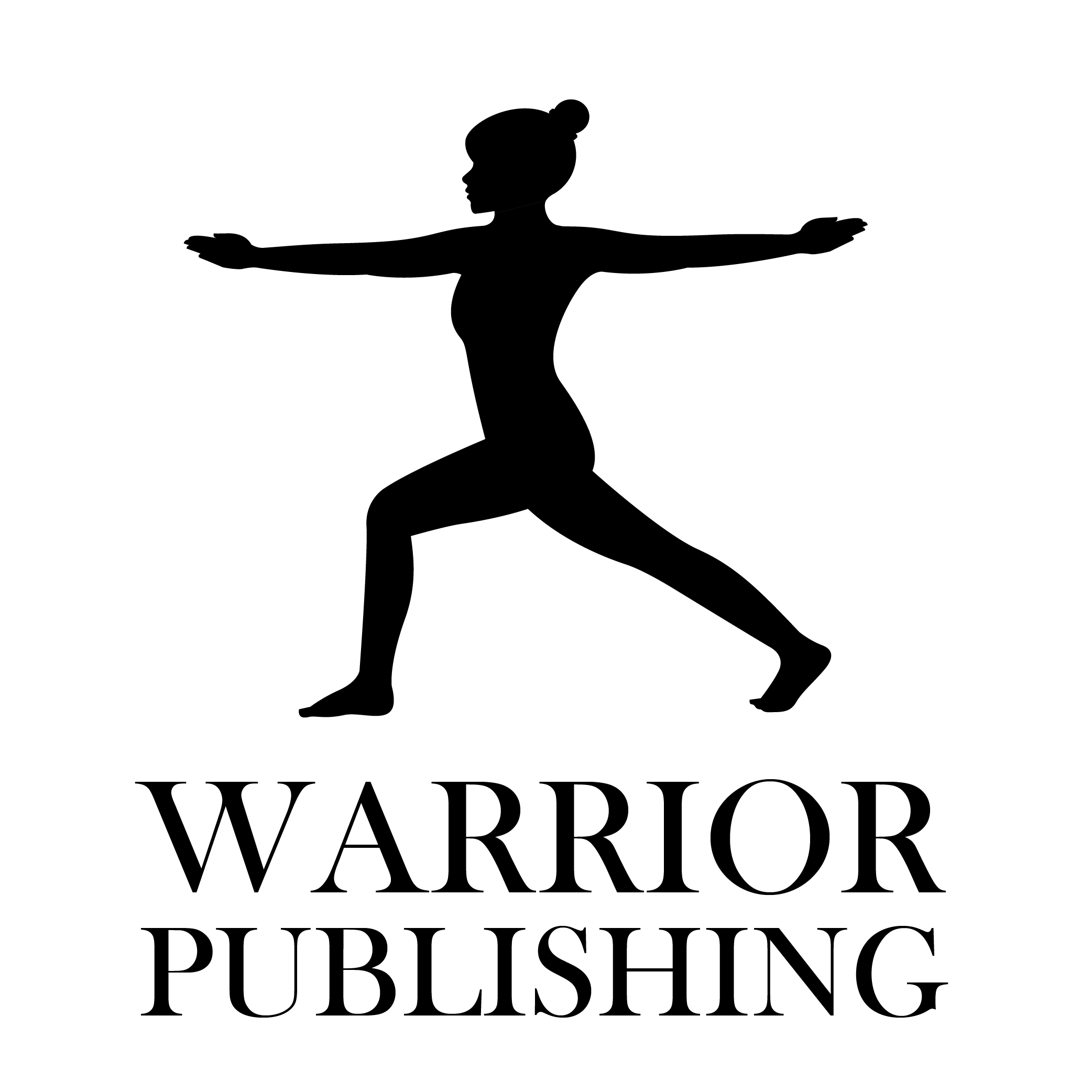Stress is inevitable. It is like that sales person who comes knocking on your door, but that’s not always a bad thing, especially when you know how to manage your mind. It’s when you either have too many knocks on the door or when you aren’t managing yourself that stress becomes chronic and you cross over into the land of burnout.
When it comes to stress management, there are loads of solutions out there. But if you want to experience immediate results with something that is absolutely free, widely available, and takes just seconds or minutes to implement, all you have to do is focus on your breath.
The Role of Deep Breathing On Stress
Each day without paying much attention to the process, we take in approximately 20,000 breaths. That’s a lot of oxygen intake. In fact, each minute you are likely taking in anywhere between 12 and 20 breaths.
It turns out that when we are stressed, our breath becomes more rapid and shallow and we tend to hold our breath. This allows us to get more oxygen into our lungs when we are in a fight-or-flight situation so we can quickly and effectively save ourselves from danger. That’s because our inhales energize us and give us the ability to jump into action.
The problem is that when our lives are stressful, we’re typically not in any real danger. We are simply trying to respond to the demands placed on us and meet expectations.
When demands are excessively high and expectations are unrealistic, we become stressed out and we lose our minds.
The way to get our mind back and reverse the stress response is to do the exact opposite of what we are designed to do. We have to become more intentional about our breath, breathe in more slowly and deeply, breathe less, and remember to exhale. The more you do this, the more you signal to your nervous system that it’s safe to calm down.
Let’s break this down:
- Breathe slowly: You can accomplish this by being mindful of your breathing and breathing through the nose instead of the mouth. You can intentionally lengthen each inhale and exhale and challenge yourself to take more time with it.
- Breathe deeply: Shallow breathing happens in the chest. To go deeper, we need to breathe through the diaphragm. When you practice diaphragmatic breathing, you can reduce anxiety and stress.
- Breathe less: When you over-breathe, you take in too much oxygen, you negatively affect your body’s functions, which can make you sick. Instead of breathing the typical 12-20 breaths per minute, aim for just 5.5 breaths.
- Exhale: While inhaling activates the fight-or-flight response and gets us ready for action, exhaling activates the rest-and-digest response which allows us to relax. When we exhale, we release carbon dioxide which combats stress and improves heart-rate variability (the greater the variability, the lower your chronic stress). Focus on increasing the length of the exhale beyond the length of the inhale. If you breathe in on a count of 4, breathe out on a count of 5 and work your way up from there to lengthen the exhales.
The Four Parts of the Breath
Even if you never gave your breath a single thought, you would benefit from realizing that this simple act which our brain has automated for us and that keeps us alive, has four distinct parts.
We already mentioned that inhaling fills us with oxygen which energizes us to take action. It helps with metabolism and other metabolic processes.
With each inhale, we begin a process that increases oxygen consumption and produces a byproduct of carbon dioxide. When we exhale, we release carbon dioxide from our blood to make room for the oxygen.
In between the inhale and the exhale we have the opportunity to pause, further slowing the process of breathing down.
If you’ve ever practiced box breathing, you know that you give an equal count to all four parts of the breath. You breathe in for four, hold for four, breathe out for four, and hold for four before starting the whole cycle over again. You can also challenge yourself and increase the count beyond four.
What is so remarkable about this type of breathing is that it intentionally slows you down, which is what you want when your mind or heart is racing as a result of stress.
Although this is a simple exercise, you may want to be guided in your practice. Check out the Box Breath app.
The Proper Way to Breathe
Some people breathe through their nose while others breathe through their mouth. What’s the difference between the two and does it really matter which path you use?
As it turns out, there is a massive difference between nostril and mouth breathing and it very much matters. Breathing through the nose forces us to slow down. You’ll notice that when you are stressed out or out of breath after a jog, you’re more likely to breathe through your mouth because you can take in more breath in a shorter amount of time.
When it comes to stress, we want to slow our breathing down, which means breathing in through the nose.
In addition to the pace with which you can absorb air, breathing through your nose is just plain healthier for you. When you breathe through your mouth, you actually cause more stress on your body. Mouth breathing contributes to snoring and sleep apnea at night and can increase the likelihood of periodontal disease, bad breath, and cavities.
Exhaling can be done either through the nose or the mouth. If you want to stick with a slow and methodical approach, you would either breathe out through the nose or if you choose to breathe out of the mouth, you could purse your lips as if blowing into a tube. This has the same effect as nostril exhalations.
Whatever you do, you want to elongate the breath and breathe more deeply. Shallow breathing can create chronic health issues including “high blood pressure, immune disorders, and anxiety.”
Breathing Exercises for Stress
Pranayama translates into vital life force. It is the umbrella term for any breath regulation practice. The yogis have likely known about the power of the breath for centuries and have come up with a variety of pranayamas, each with its own benefits and purposes.
Ujjayi breathing, commonly referred to as “Ocean-Sounding Breath,” helps you focus the mind, warm the body up from the inside, and create a sense of calm and stillness. Picture a mirror in front of you. With your mouth closed both on the inhale and the exhale, imagine fogging up that mirror. It’s the style of breathing recommended when you practice yoga.
Nadi Shodhana, or Alternate Nostril Breathing, balances the right and left hemispheres of the brain. It calms your nervous system and helps you be more alert. In other words, if you’re overly stressed and can’t turn your mind off in time for sleep, it can calm you down. If you’re unfocused or have low energy, you can use it to increase your mental faculties.
To practice this technique, close off your left nostril with one of your fingers. This forces you to breathe in through the right nostril. Then switch and close off the right nostril with one of your fingers while exhaling through the left nostril. Reverse this pattern with the next breath you take. Cover up your right nostril while inhaling through the left nostril and as you exhale, block your left nostril and breathe out the right side. This completes a full cycle. It is recommended you always finish by exhaling out the right nostril.
Kapalabati, the Breath of Fire, burns away stress. It increases your heart’s rhythm, tones abdominal muscles, and assists with digestion. As you create this inner fire, the heat is said to purify what you eat and think, remove stagnant energy, and build up your immunity.
This technique consists of very quick and short inhales and exhales of equal lengths. As you inhale, the belly comes out. As you exhale, it comes in. Before starting, it is recommended to first take in a deep breath and exhale it out completely. Then take a half breath in and begin.
Surya Bheda, known as Sun Piercing Breath, similarly creates that inner fire by focusing only on breathing into the right nostril and exhaling through the left. After several rounds of this, you’ll find increased focus, relaxation, and clarity which lasts for approximately 30 minutes.
The Effects of Breathing on the Brain
In the book, Breath: The New Science of a Lost Art, author James Nestor explains the difference between the right and left nostrils. When you understand how breathing through one or the other affects you, you can be intentional about your breathing to reap specific benefits.
“The right nostril is a gas pedal. When you’re inhaling primarily through this channel, circulation speeds up, your body gets hotter, and cortisol levels, blood pressure, and heart rate all increase. This happens because breathing through the right side of the nose activates the sympathetic nervous system, the ‘fight or flight’ mechanism that puts the body in a more elevated state of alertness and readiness. Breathing through the right nostril will also feed more blood to the opposite hemisphere of the brain, specifically to the prefrontal cortex, which has been associated with logical decisions, language, and computing.”
James recommends breathing through the right nostril after eating because that extra heat can aid digestion, but given the benefits listed above, this would also be useful when you’re overwhelmed and stuck in analysis paralysis.
“Inhaling through the left nostril has the opposite effect: it works as a kind of brake system to the right nostril’s accelerator. The left nostril is more deeply connected to the parasympathetic nervous system, the rest-and-relax side that lowers blood pressure, cools the body, and reduces anxiety. Left-nostril breathing shifts blood flow to the opposite side of the prefrontal cortex, to the area that influences creative thought and plays a role in the formation of mental abstractions and the production of negative emotions.”
Since breathing through the left nostril creates a sense of relaxation, you can use this any time you’re stressed out. He also recommends practicing this before a meal to calm the nervous system down.
Conclusion
The effects of stress on the body, your mood, and behavior are numerous. Breathing is a therapeutic tool that can instantly provide you with a sense of calm, even when you are faced with a stressful situation. Utilizing the breath can therefore be pivotal to prevent stress from accumulating and turning into burnout.
When we are stressed we are more likely to engage in rapid and shallow breathing. To calm down, we need to slow down the breath, breath into the diaphragm, take fewer breaths, and elongate the exhale. It is best to breathe through the nose rather than the mouth and which nostril you focus on matters.
It’s good to know that there are specific breathing techniques to increase alertness and focus and others that help burn away stress, help you relax, and decrease negative emotions.
Now that you know, use your breath wisely.
—————————-
Chronic stress can turn into burnout. To find out whether you’ve crossed the line and what you should focus on, download the Burnout Checklist: www.drsharongrossman.com/burnoutchecklist
Author



Recent Comments